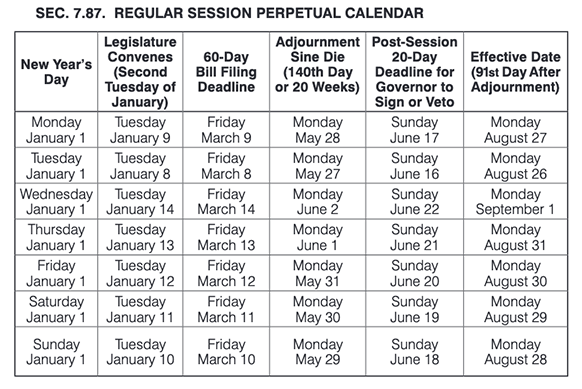

In this weekly post, we feature helpful research tools and recent articles of interest to the legislative community.
Librarians review and select articles from more than 1,000 print and online sources to compile a weekly annotated list of Current Articles of interest to the legislative community. View this week's Current Articles.
In this weekly post, we feature helpful research tools and recent articles of interest to the legislative community.
Librarians review and select articles from more than 1,000 print and online sources to compile a weekly annotated list of Current Articles of interest to the legislative community. View this week's Current Articles.
In this weekly post, we feature helpful research tools and recent articles of interest to the legislative community.
Librarians review and select articles from more than 1,000 print and online sources to compile a weekly annotated list of Current Articles of interest to the legislative community. View this week's Current Articles.
Sep 15
The Centers for Disease Control and Prevention (CDC) describes contact tracing as "an effective disease control strategy that involves identifying cases and their contacts then working with them to interrupt disease transmission." In the public health world, contact tracing has long been used in response to infectious diseases. Currently the strategy includes interviewing affected individuals, monitoring cases, providing instructions on isolation and quarantine, and assisting in crisis management. Below are background resources on the principles and concepts involved in contact tracing and state implementation of contact tracing programs.
Tile image, "Novel Coronavirus SARS-CoV-2," by NIAID is licensed under CC BY 2.0 / Cropped and resized from original.